Choosing the right cell lines is an essential step of creating stable cell lines, whether through methods like overexpression or gene-editing, and for developing cell-based assays.
General Information
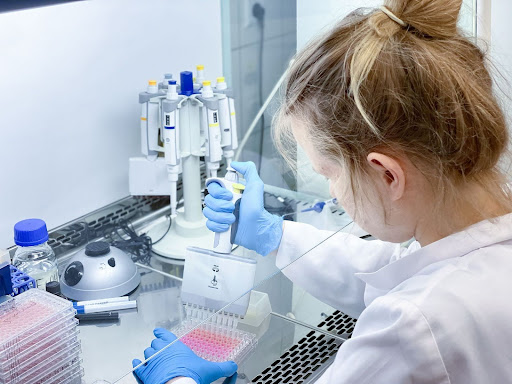
Multispan, for instance, has made use of a diverse array of cell lines sourced from various human and animal tissues, tailored to match the specific requirements of each targeted drug discovery screening. Whether it’s investigating the efficacy of a potential drug candidate or screening compounds for therapeutic potential, having access to a wide range of cell lines enables researchers to simulate various physiological conditions and biological responses accurately.
Human Embryonic Kidney (HEK293T) Overview
HEK293T is a human embryonic kidney cell line with a high transfection efficiency, widely used in cell biology and molecular biology research for the expression of various proteins, including receptors. View Multispan’s HEK293T cell lines here.
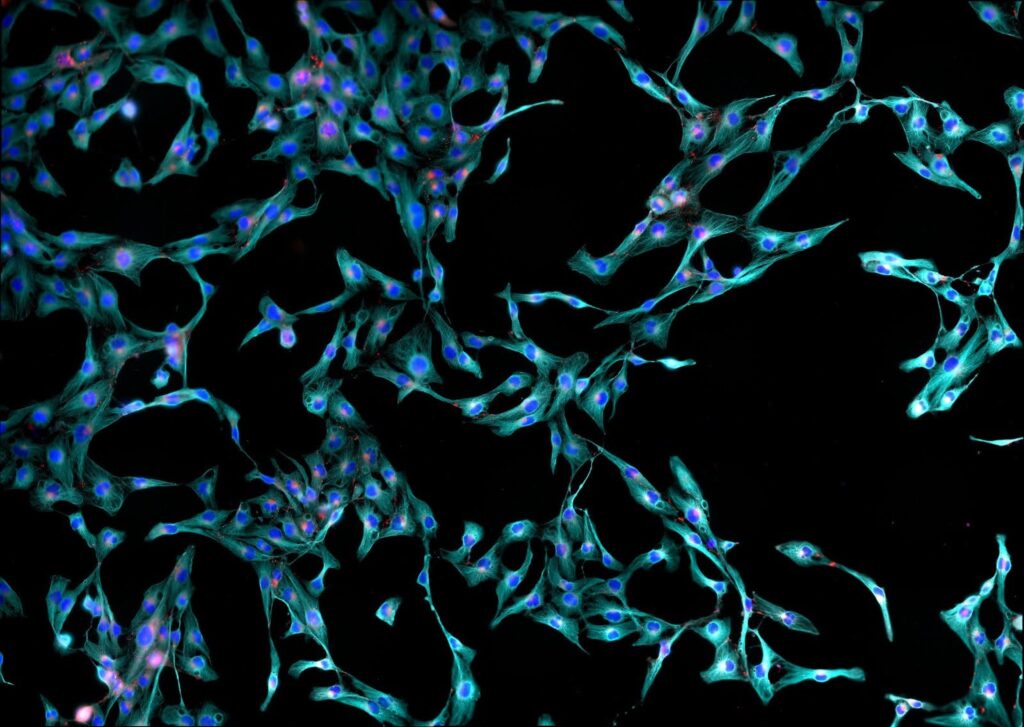
HEK293 vs HEK293T
HEK293T cells are derivatives of the HEK293 line, modified to express the SV40 large T antigen, which increases its transfection efficiency and makes it particularly useful for viral production and protein expression studies.
Cell Line Variants
Gαqi5 and Gα16
β-Arrestin1 and β-Arrestin2
HEK293T-Gαqi5 and HEK293T-Gα16 are specialized variants of the HEK293T cell line, engineered to express specific G proteins, Gαqi5 and Gα16, respectively. These modifications enable the study of G protein-coupled receptor (GPCR) signaling pathways mediated by the Gαq family of G proteins and Gα16, facilitating the development of robust Ca++ immobilization assays (internal hyperlink) using GPCRs that are naturally signal through a different Gα. This is particularly helpful in targeting orphan GPCRs. These cell lines contribute significantly to the advancement of drug discovery compound screening strategies for diseases where GPCR signaling plays a crucial role.
HEK293T β-Arrestin1 and HEK293T β-Arrestin2 stable cell lines represent specific modification of the HEK293T human embryonic kidney cell line, which has been genetically engineered to overexpress β-Arrestin1 or β-Arrestin2. β-Arrestin1 and β-Arrestin2 are key regulators of G protein-coupled receptor (GPCR) signaling. β-Arrestins 1 and 2 play crucial roles in desensitizing GPCRs, facilitating receptor internalization, and mediating signaling pathways independent of G proteins that can lead to diverse cellular responses such as alterations in gene expression, cell migration, and apoptosis. β-Arrestins 1 and 2 are known to have distinct and overlapping functions.
By overexpressing β-Arrestin1 or 2, these stable cell lines provide powerful tools for studying the complex dynamics of GPCR regulation, including the switch from G protein-dependent to β-arrestin-dependent signaling pathways. This is particularly valuable for uncovering the multifaceted roles of GPCRs in cellular responses and for identifying and characterizing ligands that preferentially activate β-arrestin-mediated pathways, known as biased agonists. The HEK293T β-Arrestin1 and HEK293T β-Arrestin2 cell lines are instrumental tools in drug discovery, offering insights into the therapeutic potential of targeting specific aspects of GPCR signaling, and contribute to our understanding of the pharmacology and cell biology underlying receptor function and regulation. These specialized stable cell lines are particularly useful for screening and characterizing the effects of potential therapeutic compounds that exert their actions through GPCRs, facilitating the discovery of drugs with biased agonism towards β-Arrestin-mediated pathways. This targeted approach can lead to the identification of compounds with improved efficacy and reduced side effects, contributing significantly to the advancement of pharmacotherapy in various diseases where GPCR signaling is implicated.
Chinese Hamster Ovary (CHO K1) Overview
CHO-K1 is a cell line derived from the ovary of the Chinese hamster. It is extensively used in scientific research, particularly in the production of therapeutic proteins and for genetic studies. CHO-K1 cells are known for their robust growth and genetic stability, making them ideal for high-yield protein production and pharmacological testing.
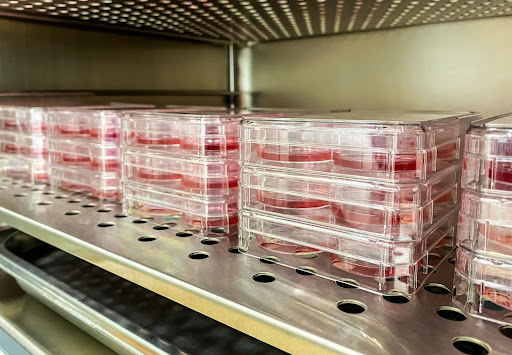
Cell Line Variants
Gαqi5, Gα16, and Gα16 Gαqi5
β-Arrestin1 and β-Arrestin2
CHO-K1-Gαqi5, CHO-K1-Gα16 and CHO-K1-Gα16 Gαqi5 stable cell lines are genetically engineered variants of the CHO-K1 parental cell line, designed to express the Gαqi5, Gα16 and both Gα16 and Gαqi5 proteins. These modifications facilitate the development of robust Ca++ immobilization assays of GPCRs that are known to signal through non-Gαq or unknown G-protein coupling such as orphan GPCRs. through the Gαq pathway, offering insights into receptor-ligand interactions and the development of targeted therapies. Like HEK293T-Gαqi5 and HEK293T-Gα16 stable cell lines, these three CHO-K1 variants offer key opportunities for the development of high throughput screening assays targeting GPCRs and particularly orphan GPCRs.
CHO-K1 β-Arrestin1 and CHO-K1 β-Arrestin2 stable cell lines are engineered CHO-K1 parental cells to stably express β-Arrestin1 or β-Arrestin2. They serve similar key roles as HEK293T β-Arrestin1 and HEK293T β-Arrestin2 stable cell lines in drug discovery research targeting GPCRs and β-Arrestin.
Daudi Overview
The Daudi cell line is a human B-lymphoblastoid cell line that was originated from the lymph node of a 16-year-old male patient with Burkitt’s lymphoma, a type of non-Hodgkin lymphoma. This cell line was established in 1970 by Dr. Sven-Ivar Seldin and his colleagues. Daudi cells are widely used in biomedical research, particularly in immunology, virology, and cancer biology.
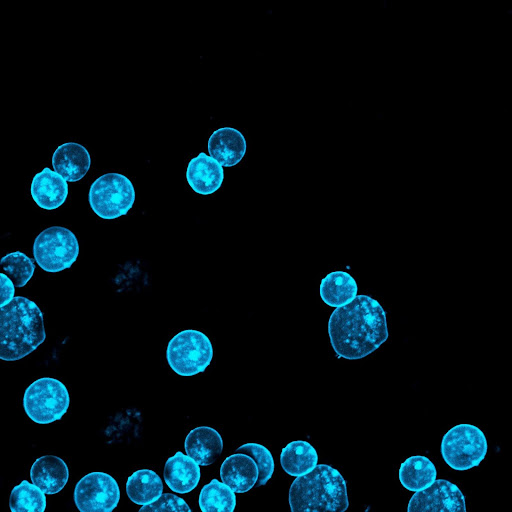
The cell line is a valuable tool for studying various aspects of B-cell biology, including immune responses, antibody production, and cell signaling pathways. Additionally, Daudi cells are commonly utilized in virology research, serving as host cells for the propagation of viruses such as Epstein-Barr virus (EBV) and human immunodeficiency virus (HIV). Daudi cells have been instrumental in advancing our understanding of immune responses to pathogens, the molecular mechanisms underlying B-cell malignancies, and the development of novel therapeutic strategies for cancer and viral diseases.
Hela Overview
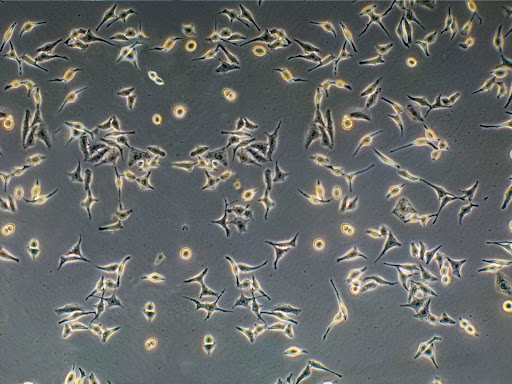
Hela is a human cervical cancer cell line, the first immortal cell line ever discovered, which has been instrumental in medical research. Its widespread use encompasses studies on cancer, gene expression, drug effects, and virus behavior, among others. Hela cells have played a critical role in developing the polio vaccine, understanding cancer biology, and many other significant scientific achievements.
Mia-Pa-Ca-2 Overview
MiaPaCa-2 is a human pancreatic carcinoma cell line derived from the pancreas of a 65-year-old Caucasian male with pancreatic ductal adenocarcinoma. This cell line exhibits epithelial morphology and has been extensively used as an in vitro model for studying pancreatic cancer biology, including tumor growth, metastasis, and chemoresistance mechanisms. MiaPaCa-2 cells are known for their aggressive tumorigenic potential both in vitro and in xenograft models, making them highly relevant for cancer research.
The MiaPaCa-2 cell line is particularly valuable for screening and evaluating the efficacy of chemotherapeutic agents and novel compounds targeting pancreatic cancer. It has been instrumental in the discovery and testing of drugs aiming to overcome the intrinsic resistance of pancreatic tumors to many conventional treatments. Researchers utilize MiaPaCa-2 cells to study the molecular and cellular mechanisms underlying pancreatic cancer progression, including the roles of oncogenes, tumor suppressor genes, signaling pathways, and the tumor microenvironment.
The versatility of MiaPaCa-2 in research stems from its genetic and phenotypic stability, representing key aspects of pancreatic ductal adenocarcinoma, such as KRAS mutations, which are prevalent in this cancer type. As such, MiaPaCa-2 serves as a critical tool in advancing our understanding of pancreatic cancer and in the development of more effective therapeutic strategies against this challenging and deadly disease.
SK-N-SH and SK-N-MC Overview
The SK-N-SH and SK-N-MC cell lines were derived from human neuroblastoma tumors. Both cell lines possess the ability to undergo neuronal differentiation under appropriate conditions. They exhibit typical characteristics of neuroblastoma cells, including neuroendocrine features and the expression of neural markers. This property makes them valuable tools for studying neurobiology, neurodevelopment, and neurotoxicology. Both cell lines are extensively used in scientific research, particularly in studies related to neuroscience, cancer biology, drug discovery screening, and the development of therapeutic interventions for neuroblastoma and other neurodevelopmental disorders. They are typically cultured using similar cell culture techniques and media formulations.
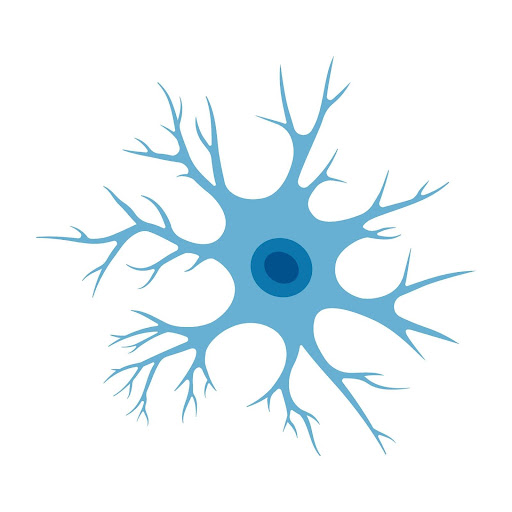
Despite these similarities, it’s worth noting that there can also be differences between the two cell lines in terms of their specific genetic makeup, phenotypic properties, growth characteristics, and responses to stimuli. Researchers often select the most appropriate cell line for their studies based on these specific features and the requirements of their experiments.
Other Human Cell Lines
- CHO dhfr- (CHO lacking dihydrofolate reductase (DHFR))
- CHO-K1-NFAT (CHO K1 engineered to report Nuclear Factor of Activated T-cells (NFAT) activity)
- MDA-MB-231 (breast adenocarcinoma)
- 1321N1 (astrocytoma)
- SK-N-SH and SK-N-MC (neuroblastoma)
- H9 (human embryonic stem cell line)
- THP-1 (monocytic leukemia)
- HEPG2 (hepatocellular carcinoma)
- HEPa1-6 (hepatocellular carcinoma)
- K562 (chronic myelogenous leukemia)
- hVIC (Human Valvular Interstitial Cells)
Others Non-Human Cell Lines
- MDCK (Madin-Darby Canine Kidney)
- MIN6 (pancreatic beta cell line)
- U2OS (osteosarcoma)
- Cos7 (African green monkey kidney fibroblast-like cell line)
- BV2 (murine microglial cell line)
- BHK-21 (baby hamster kidney)
- C2C12 (mouse myoblast cell line)
- YUMM 1.7 (murine melanoma)
Parental Cell Line Products
| Parental | Stable Cell Lines | Division-Arrested Cells | Membranes |
|---|---|---|---|
| HEK293T | DC0001 | MC0001 | |
| HEK293T Gαqi5 | CG0001 | DCG0001 | MCG0001 |
| CHO-K1 | DC0001-1 | MC0001-1 | |
| CHO-K1 Gαqi5 | CG0001-1 | DCG0001-1 | MCG0001-1 |
| CHO-K1 Gα16 | CG0002-1 | DCG0002-1 | MCG0002-1 |
| CHO-K1 Gα16 Gαqi5 | CG0003-1 | DCG0003-1 | MCG0003-1 |
| CHO dhfr- | DCD0001-1 | MCD0001-1 | |
| CHO-K1 NFAT | CK0001-1 | DCK0001-1 | MCK0001-1 |
| 1321N1 | DC0001-3 | MC0001-3 | |
| RH7777 | DC0001-6 | MC0001-6 | |
| Hela | DC0001-7 | MC0001-7 |

Recent Comments